Japanese Sports Cars are machines that vividly encapsulate engineering excellence, reliability, and acclivity of joy in driving.
In the 1970s, Japanese Sports Cars took the world by storm with their decollate Grand Tourer exhibits.
They also introduced an economical and accessible roadster, stirring an enthusiasm for driving that the world never knew it lacked.
Japanese Sports cars from Japan paved their own road with innovation and creativity.
In this informative blog, we will discuss eight Japanese sports cars that changed the world of automobiles forever.
Table of Contents
Japan Sports Cars Contribution

Japanese Sports Cars did not just cut and copy European designs. Their emphasis on lightweight materials, unique architecture, and an immersive driving experience led to a redefined engineering performance.
More often than not, the industry machines manufactured met the thrill expectations at a lesser price.
This was possible due to unique engineering solutions like rotary engines, precision turbos, and advanced AWD systems that set world records.
1.Toyota 2000GT The pioneered grand tourer from Japan.
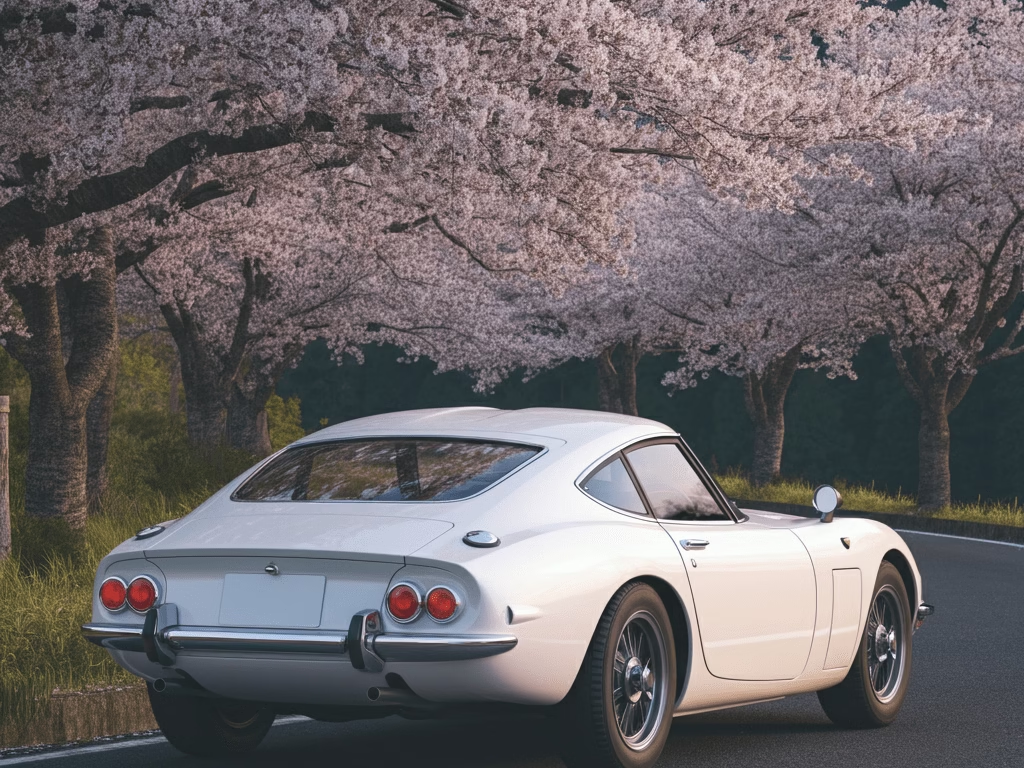
The land of the rising sun had never seen anything like the Toyota 2000GT before. It was released during the 1960s and was the epitome of elegance, harmony, and inventive designs and engineering during that period.
It was one of the first Japanese cars in the world and it single handily crushed the stereotype that Japanese sports cars were boring and unimaginative.
The Motor Trend recognized the 2000GT for its unique build and engineering. It instantly put Japan on the map for having prestigious car designs.
- The model was limited in production and had the finest details to hand-built craftsmanship.
- The chassis was well-balanced and light in weight and was furnished with a sleek six-cylinder engine.
- It was the first Japanese car to receive globally recognized respect.
2.Datsun 240Z (Nissan S30) for the everyman
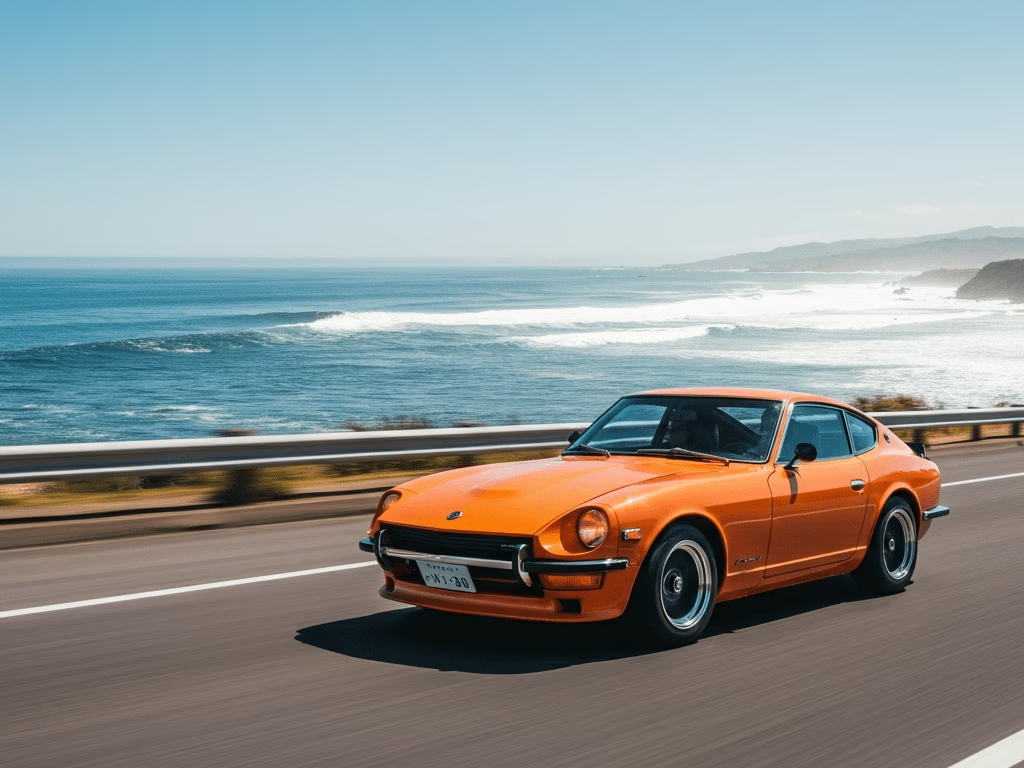
While the 2000GT was Japan’s first elegant handshake with the world, the Datsun 240Z was the handshake’s revolution.
Aggressive styling, capable straight-six, and affordable pricing made the Datsun 240Z an instant classic.
the 240Z made Japanese sports cars accessible to the masses, and solidified Datsun as a manufacturer of modifiable, raceable, and daily-driven cars.
The 240Z’s legacy extends to modern-day Z cars and the thriving global Z community.
Why it mattered:
- Delivered sports car performance at an affordable price.
- Balanced chassis made for easy performance upgrades and racing.
- Z-cars lineage still ignites inspiration in modern sports car design.
3.Mazda RX-7 the rotary revolution

Mazda’s devotion to the Wankel rotary engine resulted in the RX-7, which is the most characterized Japanese sports car ever made.
The RX-7 is known for its perfect weight ratio and exceptional rotary engine coupled with responsive handling.
Hagerty highlights the RX-7 as one of the first lightweight cars built for performance, and the first to occupy a niche dedicated to rotary engine fans.
What made the RX-7 special:
- Even with an engine, the car still maintained superb balance.
- High-revving engine made the car quick, light, and powerful.
- There’s a fluent trust in the business world with younger generations regarding motorsport modified vehicles and drifting.
4.Mazda MX-5 Miata- a wonderfully simplistic model and design.

Ask many drivers about their perspective in the purest driving experience and most likely the Mazda MX-5 Miata will be there.
For the modern era it has reintroduced the roadster which is affordable and doesn’t cost an arm and a leg. It is small, light, and drives perfectly in the analog world and is rear-wheel drive.
Mazda MX-5 Miata is recognized as one of the most important Japanese sports car in history.
It proved that in order to get an amazing thrill, an insane amount of power is not needed.
Highlights:
- Driving indicates it is designed to produce a smile with the philosophy of less being more.
- Emphasis on driving ethos restored the primary objective of incremental improvements.
- Truly massive support with the community and aftermarket make it easy to maintain to any standard of modification.
5. Honda NSX.
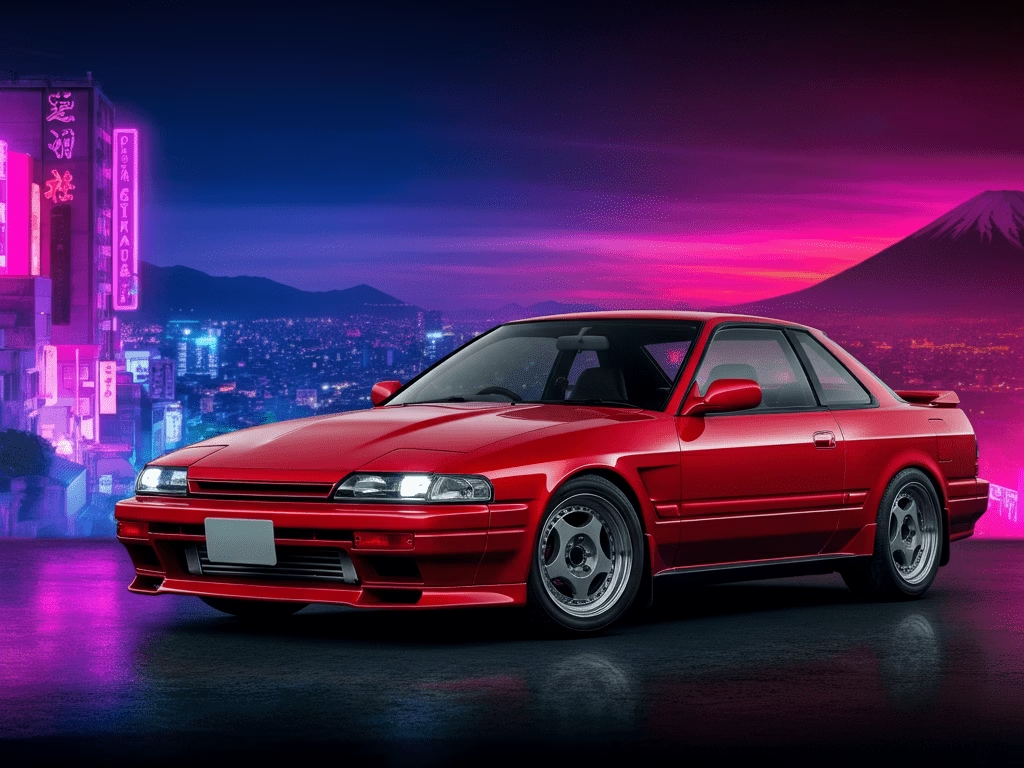
Honda made a turn in perceptions with the NSX (Acura NSX in other regions) by placing usability along with reliability on a supercar.
It is one of the first in the world that holds a supercar in a capable and drivable chassis. The first generation Honda NSX focused on the accessibility of power, along with the chassis dynamics and aluminum construction, exotic flair is wonderfully achieved.
It has racecraft with supercar discipline and it also redefined the expectation of a supercar, especially for one coming from Japanese Sports Cars
Why it Mattered:
- Balanced supercar performance with Honda’s legendary engineering reliability.
- Introduced advanced materials and precision tuning to the Japanese sports car s lexicon.
- Influenced later high-performance models from multiple manufacturers.
6.Nissan GT-R (R35) – the tech monster

No list of transformational Japanese Sports Cars is complete without the Nissan GT-R (R35).
Launched in the late 2000’s, the R35 blended a hand-built twin-turbo V6, advanced all-wheel-drive, and an electronically sophisticated platform that delivered supercar-busting performance from a relatively affordable price point.
Car and Driver’s road tests and long-form coverage detail how the GT-R consistently delivered astonishing acceleration and lap times, redefining value in the high-performance segment.
Standout tech and impact:
- VR38DETT twin-turbo V6 with immense tunability.
- Advanced AWD and dual-clutch transmissions for phenomenal traction and launch control.
- A “technology in a metal shell” ethos allowed the GT-R to challenge far more expensive European rivals.
The quote highlights all of the Nissan GT-R R35 most significant achievements.
- The most striking features is how the GT-R has changed the meaning of high performance cars by giving superb car features at a low price.
- The features that offers in the more affordable price car GT-R R35 is mind-shockingly luxurious and astonishing.
- The features offered in the car is stated in the Nissan GT-R Builder.
- The car is unbelievably advanced and quite affordable.
(November news report: the end of the production run of the R35 has marked the end of an era, reinforcing the status of the GT-R as collectible and elevating its relevance in history.) Road & Track
7.Honda S2000 rev-happy precision

With the S2000, Honda put yet another feather in its cap in achieving automotive commendation as well as the creation of a light, high revving, and a convertible that transformed skill and expertise into artistry.
With an engine that is renowned for soaring into the stratosphere and paired with precision, the remains S2000 is a benchmark for enthusiast-focused Japanese Sports Cars that are tuned for handling purity and driver feedback.
Did you know? :
- One of the production era’s highest revving production engines with an extremely high redline.
- A chassis that is perfectly balanced and promotes and incentivizes cornering precision.
- Strong resale and collector interest as a prized driver’s vehicle.
8.Lexus LFA the exotic from the house of reliability
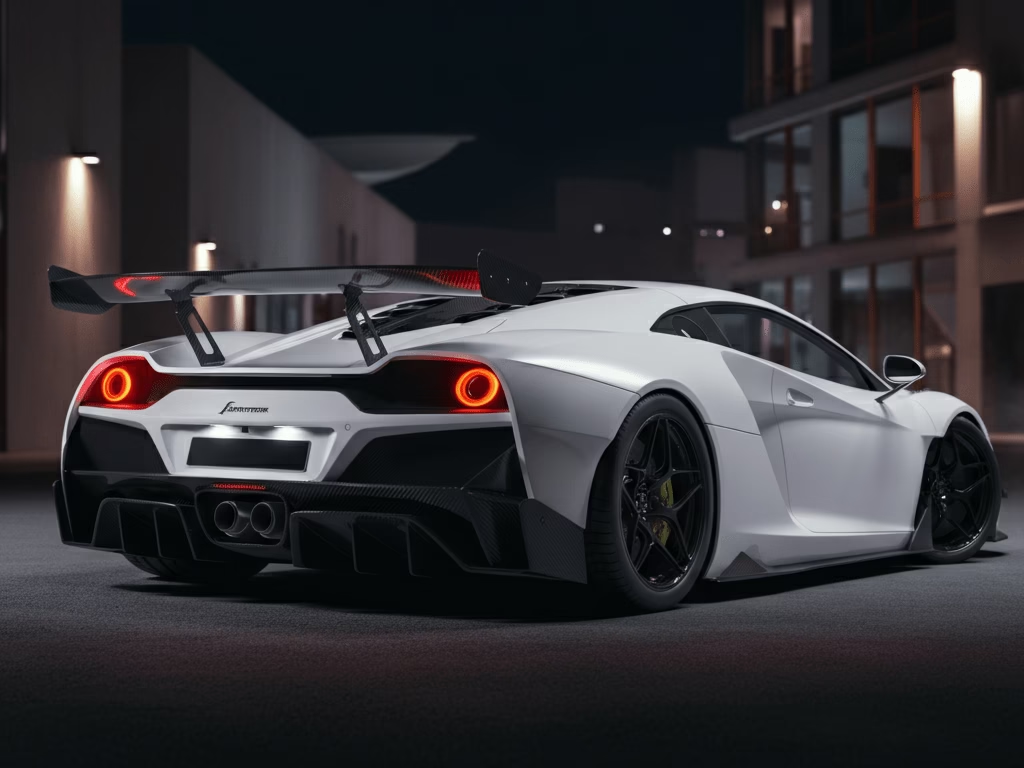
As Lexus decided to create a “halo” vehicle, they truly went all out when doing so the LFA Lexus is a bold and unique fusion of ang screaming V10, obsession-worthy woven carbon marvels, and an audio experience that can wake the entire sleeping enthusiast community.
Although the LFA is more boutique in nature and styled as compared to the Miata or the Z240, it still strengthens its claim as an exotic vehicle that is a fusion Japanese Sports Cars productions and Europe’s supercars.
Reasons for love by collectors and drivers:
- Thoughtful construction and modern engineering materials.
- A V10 that transcends its role as a powerplant and becomes a musical composition.
- A robust chassis that is purposeful, track-ready.
- Limited production numbers.
Common threads running through the technologies that defined these cars
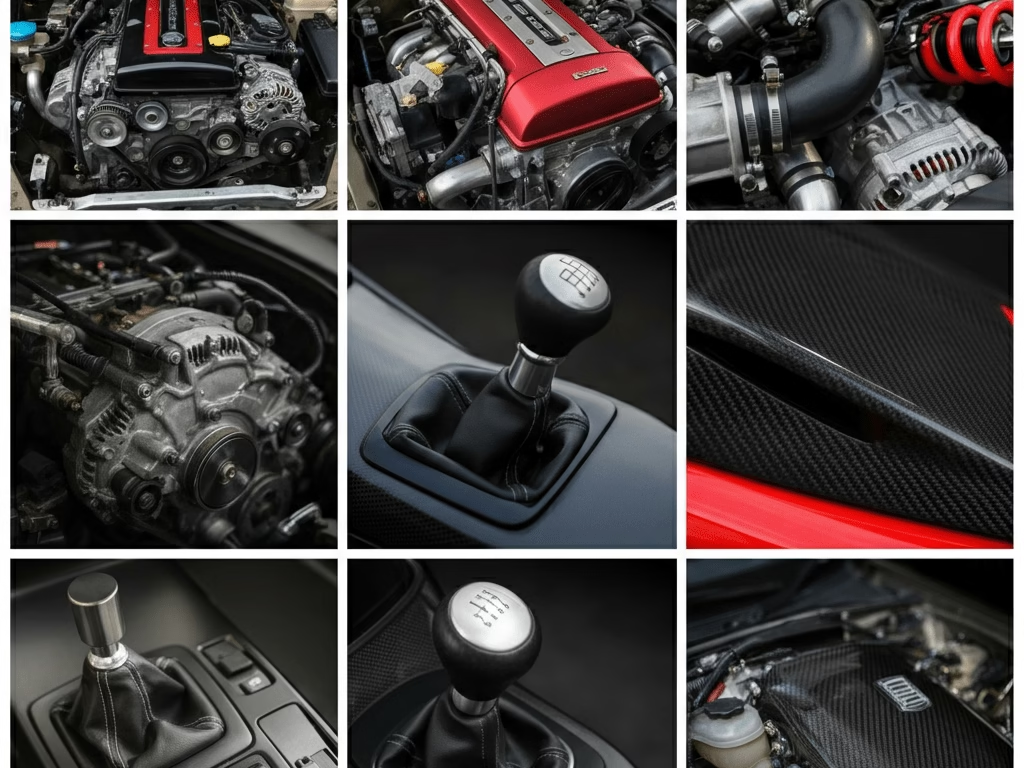
Among the eight great vehicles, there are engineering and cultural aspects that recur. These are the factors that made Japanese Sports Cars not only competitive, but also pioneering.
These are the traits:
- A thoroughly engineered and well lightened chassis that is balanced in design and disposition.
- Chassis balance is more critical than the amount of engine displacement.
- Powerplants that are inventive, with rotary and high revving DOHC engines and sophisticated turbo systems.
- Everyday performance that is tunable by enthusiasts.
- Available automobile performance that can be utilized every single day.
- Driver involvement dominated electronic aids, particularly in older generations.
- Steering, pedal feel, and overall responsiveness.
- A vibrant aftermarket environment from simple bolt-on additions to complete race builds, have broadened the community’s capabilities.
How these cars shaped the performance and tuning world today

The aftershocks of these Japanese Sports Cars are everywhere.
- The modern performance cars are no exceptions, as they equally pursue the same driver-oriented balance as the Miata and S2000.
- Turbo technology and the GT-R’s sophisticated engine control systems have pushed manufacturers into advanced forced-induction strategies.
- The LFA and other flagships with limited-production runs pushed the boundaries of material science and acoustical engineering for performance cars.
- Cars like the 240Z and RX-7 were affordable models that thrived and planted the seeds for the global tuning scenes (drift, time attack, street performance).
To acquire and possess a segment of Japanese automotive history

If you want to own any of these Japanese Sports Cars, here’s a practical list to follow:
- Familiarize yourself with recurring problems: Understanding apex seals and oil consumption are rotary engines’ primary challenges, while performance level turbos have the most complicated oil-cooling mechanisms.
- Parts procurement: Some cars (especially limited-production exotics) could have staggering OEM pricing, yet more aftermarket parts are available for the Miata, RX-7, and earlier Z models.
- Community approach: Many Japanese classics reward owners who take good care of them with the retention of oil change intervals, cooling systems, and valves for a specific platform.
- Value trends: Cars like the limited-production 2000GT and LFA, alongside a well-maintained GT-R and NSX, have spiked in demand among collectors. Do your homework prior to a purchase.
For fans who enjoy specs, here are some quick-reference stats:
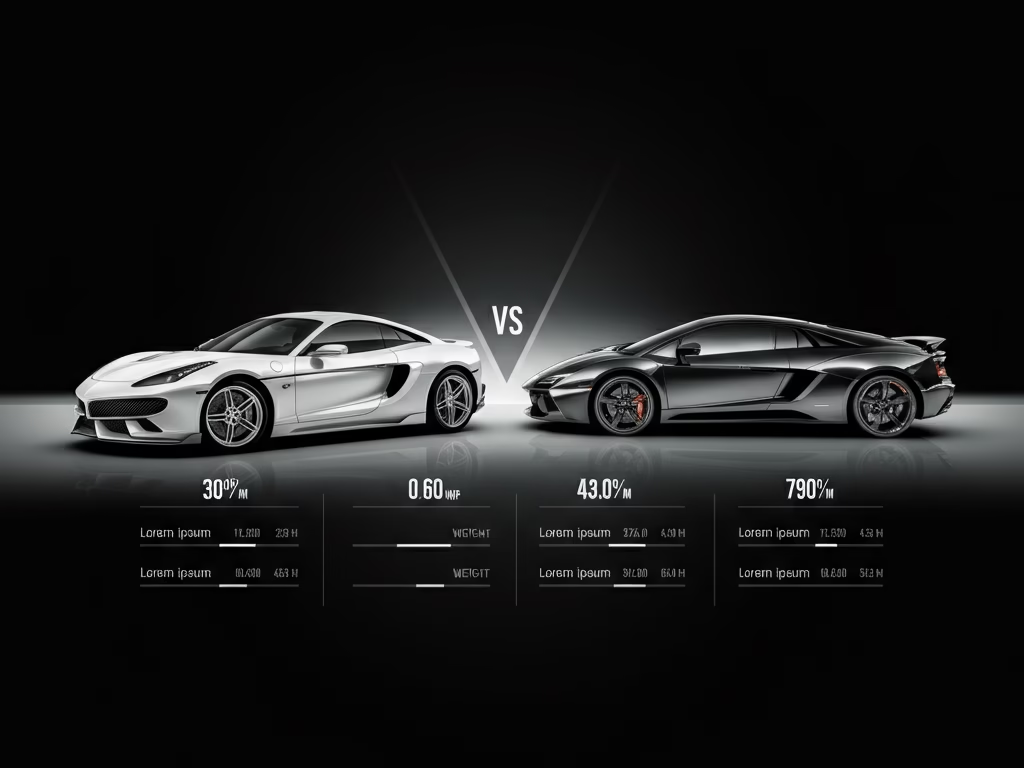
- 2000GT: A limited production grand tourer with light and balanced design infused with a classic 6-cylinder engine.
- 240Z: The affordable sports coupe that kickstarted the Z family line with a powerful straight-six engine.
- RX-7: The incredible rotary engine coupled with a lightweight, high-revving chassis.
- MX-5 Miata: The lightweight and rear wheel drive roadster.
- Honda NSX: Aluminum-bodied supercar with race-bred engineering.
- Nissan GT-R (R35): Twin-turbo V6, AWD, supercar-busting tech.
- Honda S2000: High-redline engine, superb chassis balance.
- Lexus LFA: Carbon-fiber, V10 exotic with limited production.
Further reading (trusted sources)

If you want deeper technical dives or historical essays, these reputable automotive outlets have strong coverage: Motor Trend’s writeup on the Toyota 2000GT provides context on its collectible status and design significance.
Car and Driver’s long-term coverage and technical testing of the Nissan GT-R illustrate the R35’s performance envelope and engineering achievements.
(Those two links will take you to richly detailed pages that complement the viewpoints in this article.)
Closing thoughts what these cars teach us

The collective lesson from these eight vehicles is simple: Japanese Sports Cars have consistently redefined what performance looks and feels like.
From the elegant 2000GT to the engineering fireworks of the GT-R, Japanese manufacturers have mixed audacity with precision.
They built cars meant to be driven, modified, raced, and treasured and in doing so, retooled global expectations.
If you’re chasing the thrills, the history, or the joy of precise engineering, there’s a JDM legend waiting with a chassis tuned for smiles.
FAQs ” 8 Legendary Japanese Sports Cars That Blew Everyone Away “
1. What makes Japanese sports cars so legendary?
There is an influential reputation of Japanese sports cars because of the unique , reliability, performance, and innovation blend. They developed ground breaking technologies such as Turbocharging, AWD systems, and lightweight chassis designs driving the both track-ready and street-friendly sports cars.
2. Which Japanese sports cars are considered the most iconic of all time?
These JDM are considered iconic because of records such as the Toyota Supra MK4, Nissan Skyline GT-R R34, Mazda RX-7 FD, the Honda NSX, and the Mitsubishi Lancer Evolution. Each of these cars are known for their decor, movement, and ability to be tuned.
3. Why do car enthusiasts love JDM sports cars?
There is an increase in reliability of these cars in which the tune up is able to be done at a cheaper rate. The driving experience with these vehicles is extremely amazing. The JDM cars are considered to be consistently cheaper in comparison with American and European markets.
4. Are legendary Japanese sports cars still affordable today?
These JDM classic cars are viewed as collectible in the modern world which increases the value. The entry level JDM cars such as the Mazda MX-5 Miata and the Toyota MR2 are still priced affordably.
5. Which Japanese sports car is the fastest ever made?
Although the Nissan GT-R Nismo belongs to the list of the fastest sports cars ever made in Japan due to its world-class handling and blistering acceleration, older legends like the Supra MK4 are remnants of the past favored for their tunability and top-end speed.
6. Can you still import classic Japanese sports cars today?
Not only is it possible to bring in Japanese classic sports cars, but it is particularly lucrative to models 25 years or older due to the customs exemption under the 25 Year Import Rule, or other the world’s equivalent regulations.
7. What year was the golden era of Japanese sports cars?
This period of time spans from the 1980s to 2000, where Japanese manufacturers such as Toyota, Nissan, and Honda set record performance levels for car makers across the globe.
8. Are modern Japanese sports cars as good as the classics?
Contemporary models like the Toyota GR Supra and the Nissan GT-R R35 are said to pay homage to the classic cars, but for the true car enthusiasts, the older models prove to be far ‘better’ for their ‘true’ mechanical feel.
9. What’s the best Japanese sports car for beginners?
Absolutely, the Mazda MX-5 Miata is a prime candidate for the best beginner Japanese sports car. Reasonably priced, dependable, and low in weight, it captures the essence of driving without overwhelming the driver with excessive power.
10. Why do Japanese sports cars hold their value so well?
High demand for limited editions cars coupled with a dedicated fan base rapidly drives value appreciated for cars like the Skyline GT-R, or the Toyota Supra. Due to their popularity in the car collector community, these cars appreciate in value, earning them the title of automotive icons.










